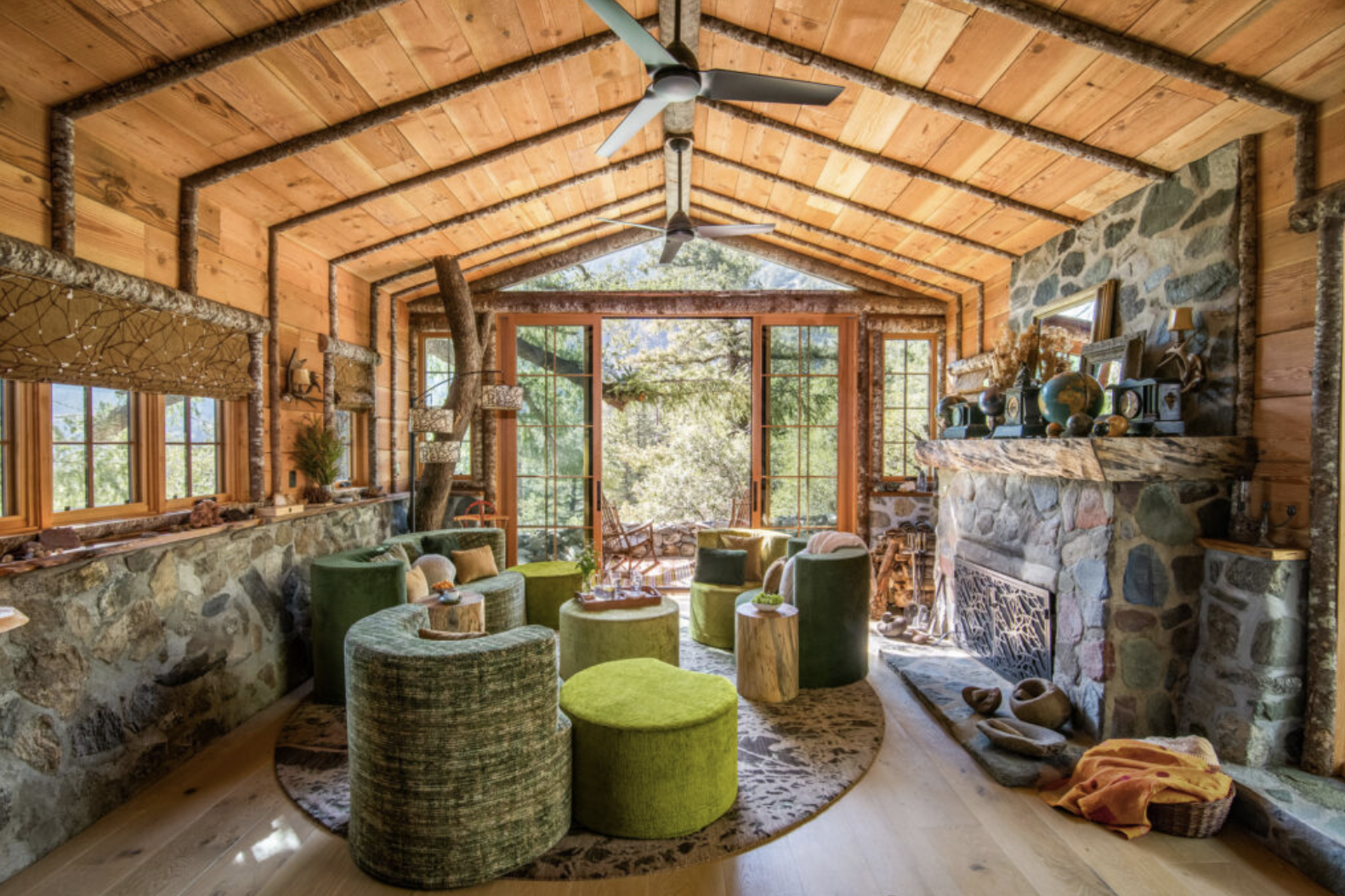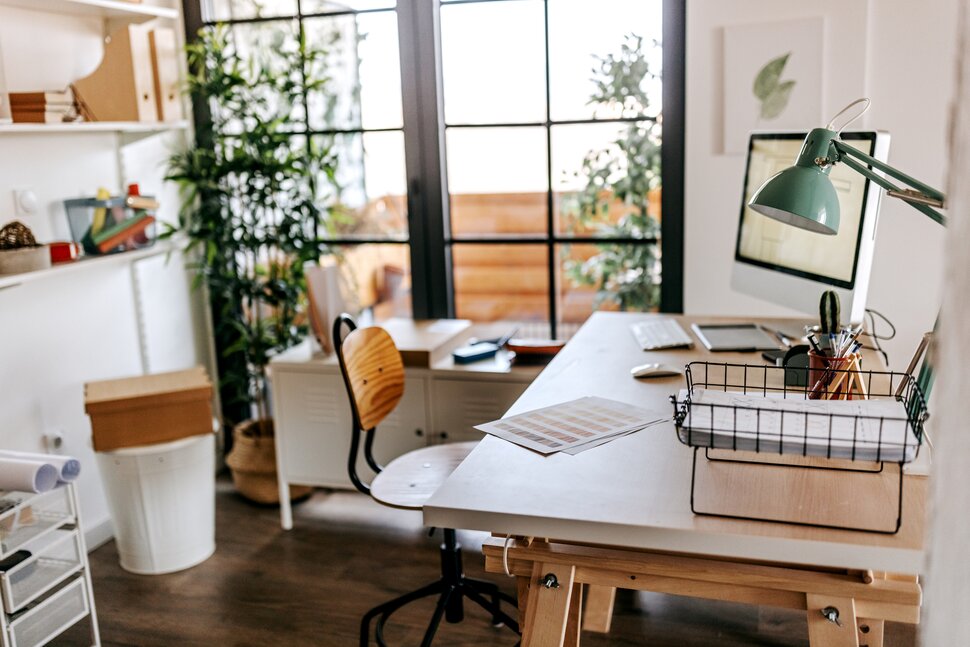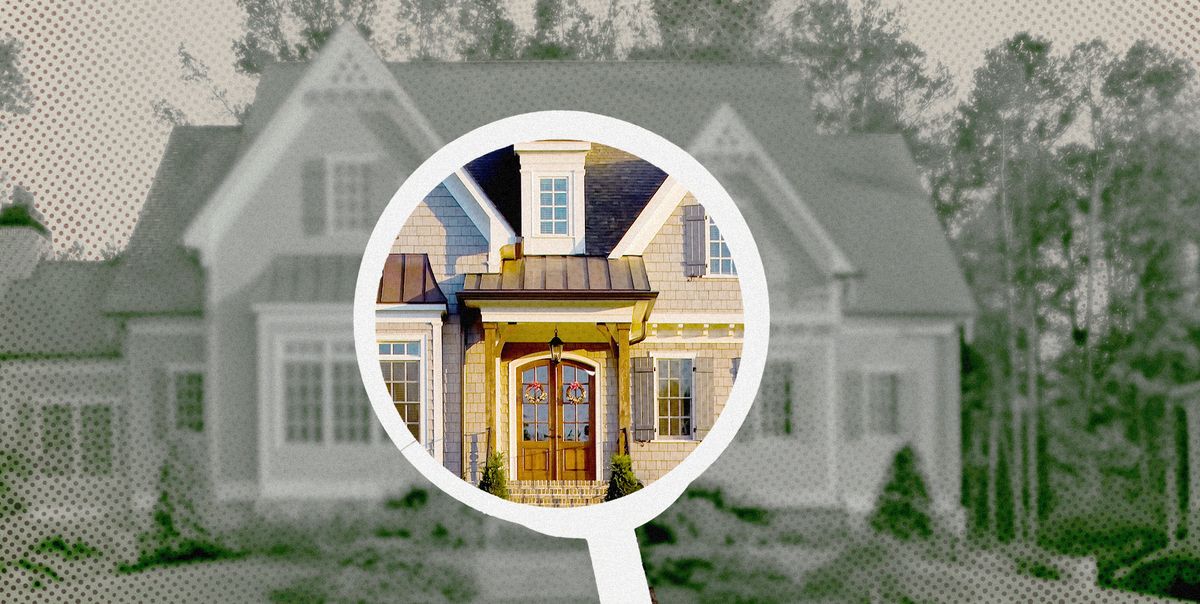Stephen (Steve) Pallrand | Source | Owner / Founder at CarbonShack

Stephen (Steve) Pallrand
Stephen Pallrand founded Home Front Build approximately 20 years ago, design/build company that specializes in renovating and restoring homes of L.A. vernacular architecture. He and his team also have long encouraged clients to incorporate sustainability as part of the renovation process. Stephen also launched his sustainable-only design-build and interior design products company, CarbonShack, a few years ago, to dive heavily into his eco-focus and where he feels design-build needs to go.
Stephen Pallrand's background in construction, architecture, architectural history, painting, and set design has aided him in pulling together the diverse group of artists, craftsmen, architects and designers who work on the CarbonShack projects. His father was a scientist/educator and his mother an educator and patron of the arts. This exposure to art, science and education led him to realize that building in an environmentally conscious manner is unimportant if you do not communicate the need and educate the consumer, for there are no green buildings, only green users. Our understanding of the environment is changing radically and so is the fate of the earth based on our actions as a civilization. Art and architecture have always played a critical role in representing the knowledge and culture of a period and Pallrand's use of the CarbonShack projects is to transform our shelters, our homes, into vehicles of change.
-
CarbonShack
Owner / Founder
started Jan 2021 -
Home Front Build (https://www.homefrontbuild.com/)
Owner / Founder
started Jan 2004
-
The sculptural renaissance: thinking about home design, art and real estate as one - Design News Now
Explore the growing synergy between sculpture, real estate, and interior design. Learn how client demand for uniqueness is reshaping the industry and why investing in sculpture is part of larger trends in home design and art markets.
Article -
Emerging Home Building Trends
Wondering what's new in the world of home construction? Builders are focusing on bold colors, outdoor features and creative uses of space.
Article -
House Beautiful: These Features Instantly Kill a Home’s Renovation Potential
How to tell if that charming fixer-upper is really worth the cash. Stephen Pallrand provides input from his 20+ years of renovating vernacular architecture.
Article
-
Eco-Friendly Homes: Steps to a Greener Future
Steve emphasizes the importance of indoor air quality and energy independence. He suggests transitioning to all-electric homes with solar panels and EVs for cost savings. "Any change, no matter how small, is critically important." Simple steps like choosing heat pumps, using induction cooktops, and improving insulation can significantly reduce environmental impact. -
Heat Pumps vs. Air Conditioners: Expert Weighs In
Steve explains, “Heat pumps are more efficient at cooling and can also heat, unlike traditional ACs. In milder climates, heat pumps are ideal. Though installation costs are higher, they save on operation costs, especially with solar panels. Switching to heat pumps reduces fossil fuel use and utility bills, making them a smart choice for homeowners.”
-
"As we start this new year let us take stock of our immediate environment, our shelters, and see how we can improve the wellness of our families, our homes, our offices. Removing carpet, building and remodeling with consciousness, painting with non-VOC materials, insulating to reduce energy use, moving towards an all-electric household, switching to an EV, installing solar panels, all are small steps that can have a large impact on our immediate environment, but also begin to make positive changes in the natural environment. Any step we take to improve the wellness of our personal space is also a small step towards restoring and reducing harm to the global space."
-
On if a home is worth renovating (House Beautiful): "Pallrand recommends using your imagination to strip the rooms down to their basics: walls, floor, and ceiling. "Ignore any horrible finishes, flooring, or wallpaper, and try to see the room as a blank canvas," he says. "How much natural light does it get? How is the size, the feel, the view?" Admittedly, this can be a challenging exercise if there's a kitchen with, say, cumbersome vinyl cabinets and dark granite countertops that make the space feel smaller. But visualization is the key. "You are really purchasing a shell which you get to resurface to reflect your personality," Pallrand says.
-
Green Living Magazine (article, "Eco-chic Abode, June/July 2023): "No choice is free from impacts or consequences. We choose our materials not only to highlight the beauty of the natural world but to understand our role in the ecosystem," Pallrand says. "When we design, we reach beyond aesthetics and begin with the methods of production in order to reduce negative environmental impacts."



